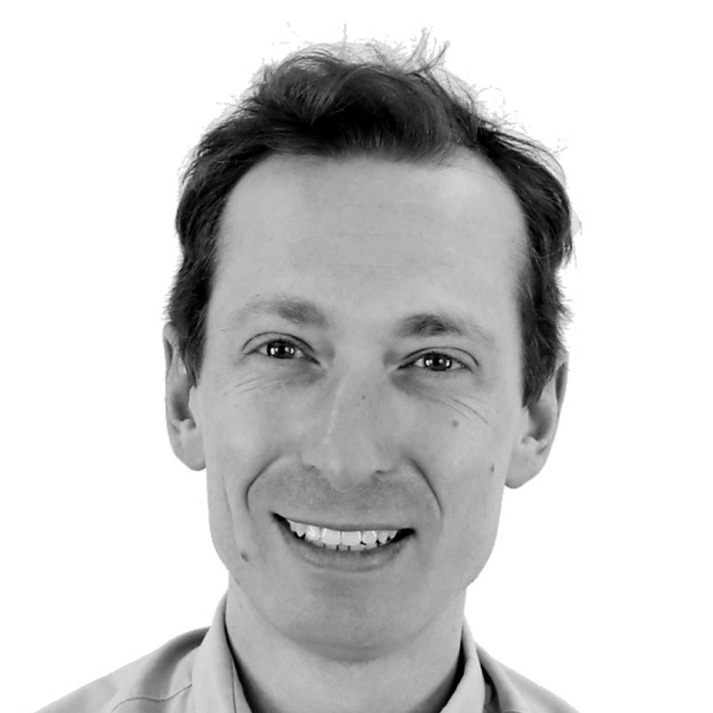Matt Torjussen

I’m Matt Torjussen, and I’ve spent my career working as a noise and vibration consultant and engineer. I studied Physics at undergraduate level before completing my master’s degree in Sound and Vibration Studies at Southampton’s ISVR whilst working part-time. My career has taken me from general noise consultancy to product development, and most recently instrumentation. I’m a Chartered Engineer and Member of the Institute of Acoustics, and in my spare time I volunteer for the Institute.
What is your PhD is about?
My research focuses on developing better ways to evaluate how sounds are perceived by people. I’m working with the Sottek Hearing Model to create psychoacoustic metrics for sharpness and impulsiveness that accurately reflect human perception in real-world environments, not just idealised laboratory conditions. The goal is to move beyond basic sound pressure level measurements in decibels and account for how sounds are actually experienced in complex spaces like vehicle interiors, rooms, and outdoor environments.
Why is it important to do this research?
Current sound evaluation methods rely heavily on basic frequency-weighted and time-weighted sound pressure levels, which inadequately capture important features in environmental and technical sounds. Whilst psychoacoustic loudness is well-established through international standards, sharpness and impulsiveness lack unified, perceptually validated metrics that account for temporal variations and diverse acoustic environments. Closing this knowledge gap will improve our understanding of how humans perceive soundscapes and provide better tools for designing acoustic environments that genuinely support wellbeing and quality of life.
What drew you to studying this PhD?
Throughout my career, I’ve applied psychoacoustic models to explain environmental noise and technical sounds, and I’ve found them far more useful than the A-weighted decibel. During lockdown, I began coding the Sottek Hearing Model in MATLAB, and I was genuinely excited by what I found. When the opportunity arose to develop impulsiveness and sharpness metrics using this model, it felt like the stars had aligned – the perfect combination of my experience and research interests.
What does a Sustainable Sound Future mean to you?
To me, it means considering the aural environment holistically, with a more complete understanding of the issue. It’s about developing tools that capture the full complexity of how humans perceive sound and using them to create more holistic solutions to noise problems and soundscaping. A sustainable sound future isn’t just about making things quieter – it’s about creating acoustic environments that genuinely support wellbeing, productivity, and quality of life through informed, evidence-based design decisions.
What were you doing before joining the CDT?
Most recently I worked as an applications engineer for a noise and vibration instrumentation company, where I helped customers measure and evaluate noise and vibration. Before that, I spent nearly a decade in consultancy, helping developers, architects and construction companies plan, build and maintain buildings to comply with government policy and regulation on noise. I’ve also worked in product design as a noise and vibration engineer, working with design engineers to create efficient and quiet vacuum cleaners and fans. My work has spanned everything from industrial noise assessments and building acoustics to developing methods for evaluating tonal and impulsive characteristics in environmental sound. I’ve also been fortunate to present research at conferences like InterNoise and ICSV, which kept my connection to academia alive even while working in industry.
What do you do on a typical PhD day so far?
At this early stage, I’m immersed in literature review and familiarising myself with the research landscape. My days involve reading papers on psychoacoustic models, exploring validation studies, and understanding current approaches to sharpness and impulsiveness evaluation. I’m also setting up my computational environment, building on my existing MATLAB implementations of the Sottek Hearing Model and beginning to develop the framework for my research. There’s a lot of planning too: designing the experimental approach, thinking about sound library development, and mapping out how the different phases of the research will fit together. It’s a mix of deep reading, coding, and strategic thinking about the journey ahead.
Tell us a fun acoustic fact!
Your brain can ‘hear’ bass that doesn’t exist! Those deep bass notes you hear from tiny earbuds? Often they’re not physically producing frequencies below 100 Hz, your brain is reconstructing the missing fundamental from the overtones using autocorrelation pattern-matching. Audio engineers exploit this psychoacoustic phenomenon with plugins that synthesise harmonics to create the illusion of massive bass. The Sottek Hearing Model’s tonality metric mimics this behaviour, it’s not guessing at what you hear; it’s modeling how your ears actually work.